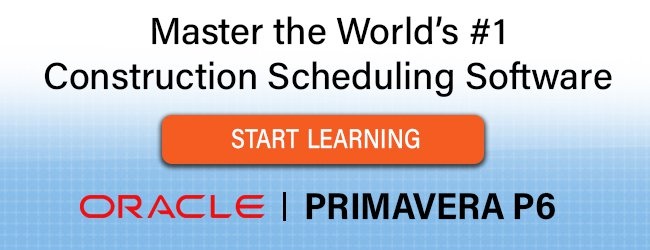When I think of a hammock, the first thing that comes to mind is a hammock hanging in the nice cool breeze between two tall palm trees in the Caribbean.
In an article written by Patrick Weaver “The Origins of Hammocks and Ladders”, published in the PM World Journal, we get a glimpse of the origins of hammocks and why they were created in the first place.
A hammock is an activity that hangs between two activities in a schedule. Hammocks do not have a manually set duration, instead the duration is calculated based on the duration of the two points from which is hangs. Hammocks were created to develop high level summary reports of the overall project – like a summary. Based on Patrick’s research, a group of researchers in the UK (including our friend Raf Dua) created the concept of skeletonisation in the 1960’s.
This process, of which we have no detail, allowed schedulers to reduce the volume of data being inputted into the mainframe leading to substantial savings on computing costs considering how expensive it was to run a mainframe computer in the 60s and 70s. Hammocks were used as a part of this process.
In connection to Level of Efforts in Primavera P6, a hammock can also be used to convey overhead resources and costs like project management efforts and quality inspections for a certain area of the schedule without affecting the whole project.

Source: Origins of Hammocks and Ladders Featured Paper
As we develop more into a digital age, the powers of computers are virtually limitless and documenting a large volume of data isn’t a problem anymore. Regardless hammocks are still relevant and will remain valuable in the scheduling and planning world.
Read the full article at the PM World Journal website.


